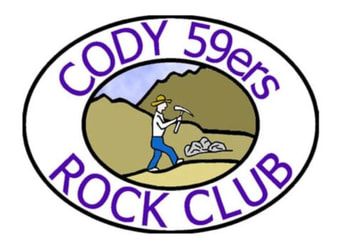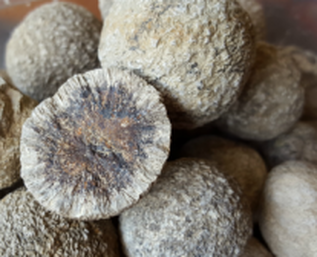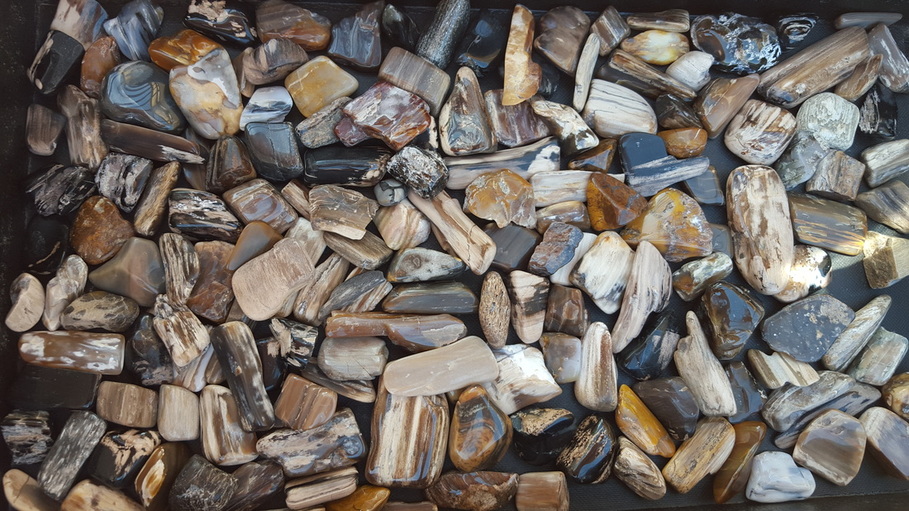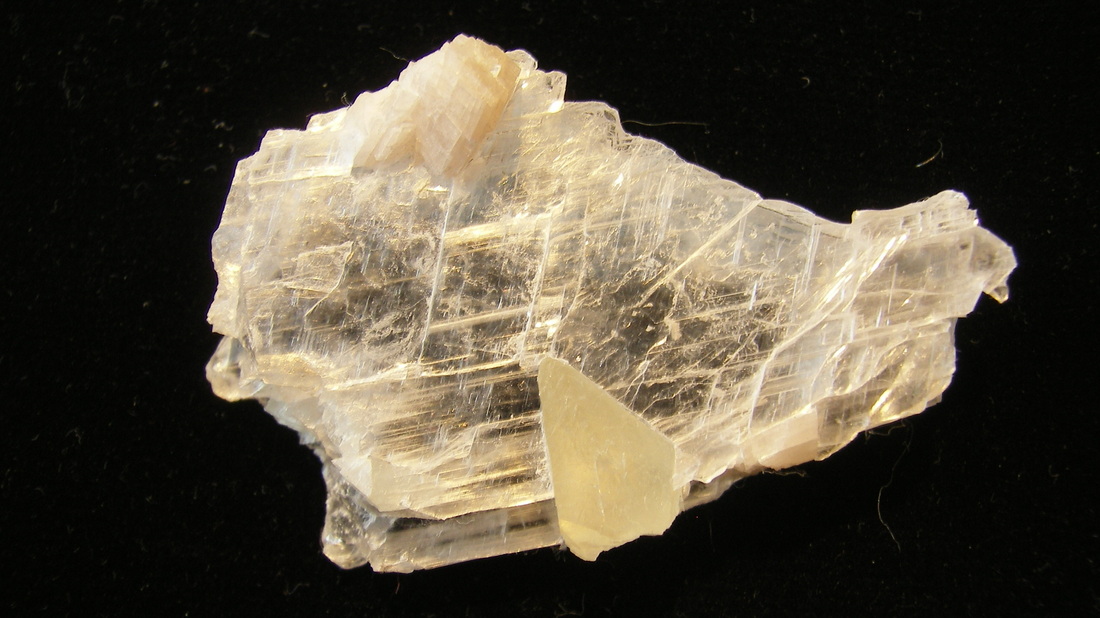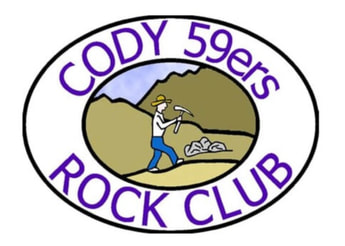GRAB BAGS
GRAB bags were available at the 2015 Mineral and Gem Show in Cody Wyoming. Look for more opportunities to pick one up at future 59ers events! We worked hard to collect and prepare a nice assortment of local rocks and fossils to help get some young people interested. The bags include everything shown below!
